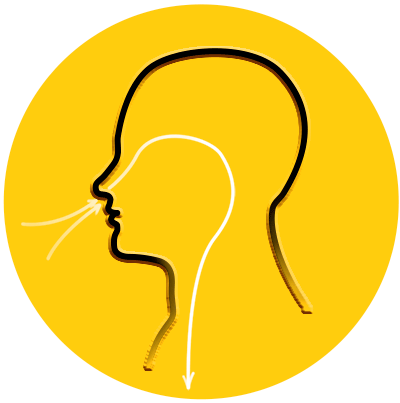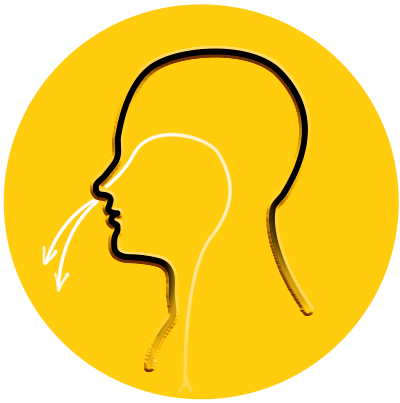Know as you breathe?

The power of FUNCTIONAL BREATH:
The key to a healthy life.
Breathing is a vital function24/7
We breathe every second, minute and hour of our lives, and we do it all the years we live. Whether while we study, we work, we eat or sleep, our breath is always present, both at rest and during physical activity.
The way we breathe not only influences our physical performance, but it also directly affects our physical health, mental and emotional.
Have you ever wondered how you breathe?
Do you know the best way to do it??
If you have concerns about your breathing and its impact on your health, this program is for you.










